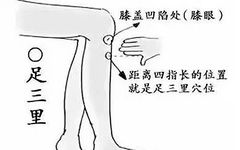
01
Basic Knowledge
Traditional Chinese Medicine (TCM) holds that:
1. Ma (Numbness): Indicates that Qi can flow, but blood cannot.
2. Mu (Wood): Severe numbness indicates that both Qi and blood cannot flow.
3. Suan (Sour): Indicates that the meridians are open, but there is insufficient Qi and blood.
4. Zhang (Distension): Indicates abundant Qi; individuals with this constitution tend to be irritable, and if Qi cannot flow, it leads to distension.
5. Tong (Pain): Simple pain is due to blood stasis.
6. Yang (Itching): Indicates that Qi and blood are flowing; itching occurs during wound healing, but this is different from generalized itching.
02
Functions of 10 Important Acupuncture Points
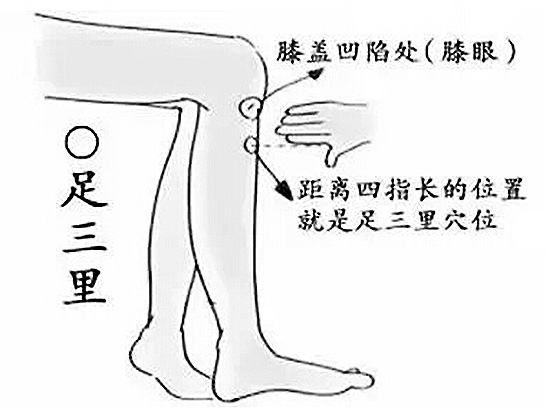
1. Zu San Li (Stomach 36)
Function:
1. Strengthens the spleen and stomach, supports the body’s vital energy;
2. Promotes metabolism and strengthens the body;
3. Enhances endocrine function and boosts immunity.
Stimulation of Zu San Li has preventive and therapeutic effects on diseases of the digestive system, nervous system, blood system, circulatory system, endocrine system, urinary system, and reproductive system, especially for digestive disorders.
Indications:
Gastritis, chronic gastritis, gastric ulcers, gastroptosis, gastric spasms, indigestion, hepatitis; neurasthenia, epilepsy, insomnia, headaches, anemia, hemiplegia, hypertension, hypotension, arteriosclerosis; coronary heart disease; diabetes, enuresis; impotence, premature ejaculation, nocturnal emissions, menstrual irregularities, excessive menstruation; colds; knee arthritis, lower limb arthritis, etc.
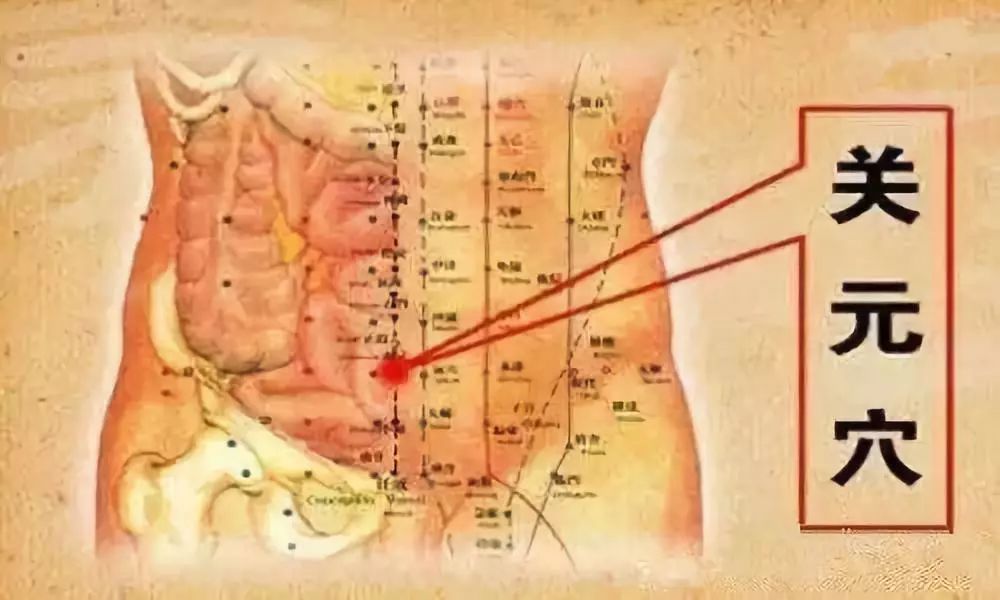
2. Guan Yuan (Conception Vessel 4)
Function:
1. Nourishes the root and stabilizes the source;
2. Tonifies the kidneys and strengthens Yang, regulates menstruation, clears heat and dampness; this point is effective for nourishing the kidneys, restoring Yang, and is essential for reproductive health and vital energy. It is a key point for men to store essence and for women to store blood.
3. Tonifies deficiency and stabilizes the foundation. This point enhances reproductive function, boosts immunity, prevents aging, and treats various deficiencies.
Indications:
Impotence, premature ejaculation, nocturnal emissions, menstrual irregularities, cervical erosion, uterine prolapse, pelvic inflammatory disease, infertility, enuresis, urinary retention, urinary incontinence, cystitis, nephritis, urethritis, damp eczema; dysentery, hernia, prolapse, hypertension, diabetes; forgetfulness, neurasthenia; collapse, physical weakness.

3. Zhong Wan (Conception Vessel 12)
Function:
1. Regulates the spleen and stomach;
2. Reduces counterflow and resolves stagnation. This point is effective for harmonizing the stomach, tonifying deficiency, promoting digestion, and stopping vomiting.
Indications:
Gastric spasms, gastric ulcers, gastroptosis, gastric distension, indigestion, vomiting, halitosis, enteritis, duodenal ulcers, dysentery, appendicitis, constipation, hepatitis, cholecystitis, jaundice, hypertension, angina pectoris, heat stroke, epilepsy, hysteria, neurasthenia, insomnia, cough, asthma, hematemesis, uterine prolapse, menstrual irregularities. This point is particularly important for treating digestive system diseases and various gastric disorders.
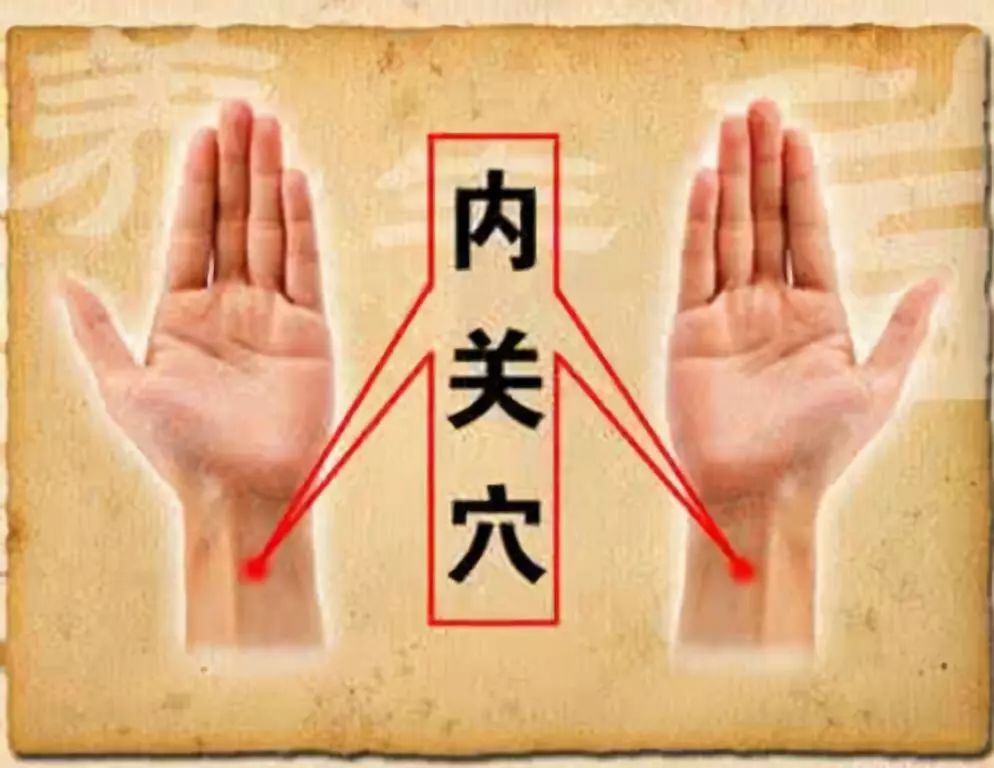
4. Nei Guan (Pericardium 6)
Function:
1. Regulates Qi and invigorates blood;
2. Calms the spirit and stabilizes the mind.
Indications:
Angina pectoris, myocarditis, rheumatic heart disease, bradycardia, arrhythmia; shock, coma, syncope, motion sickness, insomnia, hysteria, epilepsy, mental illness; gastric diseases, gastric spasms, vomiting, hiccups; diaphragm spasms, pregnancy sickness, hypotension, and pulse-less conditions. This point is particularly effective for various heart diseases and mental disorders.
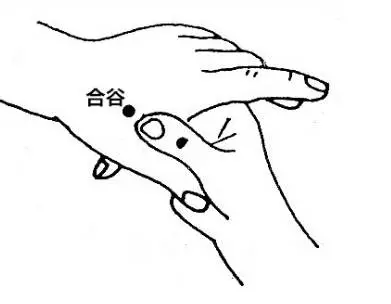
5. He Gu (Large Intestine 4)
Function:
1. Clears heat and releases the exterior;
2. Relieves muscle tension and dispels wind, promotes digestion. Its primary function is to clear heat and relieve pain.
Indications:
Colds, coughs, headaches, trigeminal neuralgia, facial nerve paralysis, epilepsy, schizophrenia; enteritis, dysentery, hemorrhoids, pediatric prolapse, toothache, rhinitis, epistaxis; tonsillitis, conjunctivitis, deafness, acute shoulder rheumatism, finger spasms, difficult labor, measles, excessive sweating, aphasia, etc. It is particularly effective for headaches caused by colds.
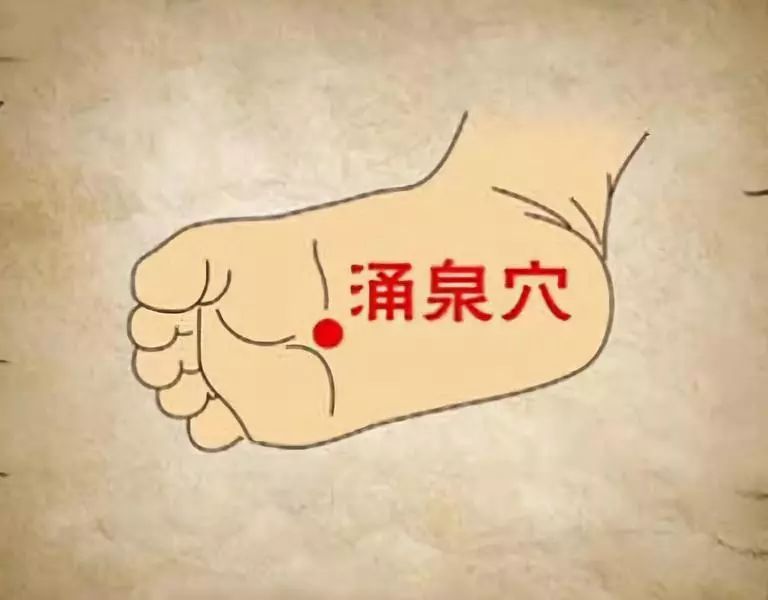
6. Yong Quan (Kidney 1)
Function:
1. Clears the mind and awakens the spirit;
2. Calms the spirit and stabilizes the mind;
3. Clears heat and disperses wind.
Regular cupping on this point can guide the kidney’s empty fire and the turbid Qi of the upper burner downwards, and has the effects of soothing the liver, brightening the eyes, and calming the throat and mind. It can lower blood pressure and promote local blood circulation, helping to prevent age-related numbness and edema.
Indications:
Shock, coma, dizziness, heat stroke, forgetfulness, headaches, trigeminal neuralgia; epilepsy, hysteria, mental illness, pediatric convulsions; cerebral hemorrhage, functional paralysis, functional aphasia, facial spasms, hypertension, angina pectoris, myocarditis, tonsillitis, pharyngitis, cough, epistaxis, jaundice, stomach pain, edema, impotence, low back pain, knee pain, chest pain, vision loss, measles, hernia, etc.
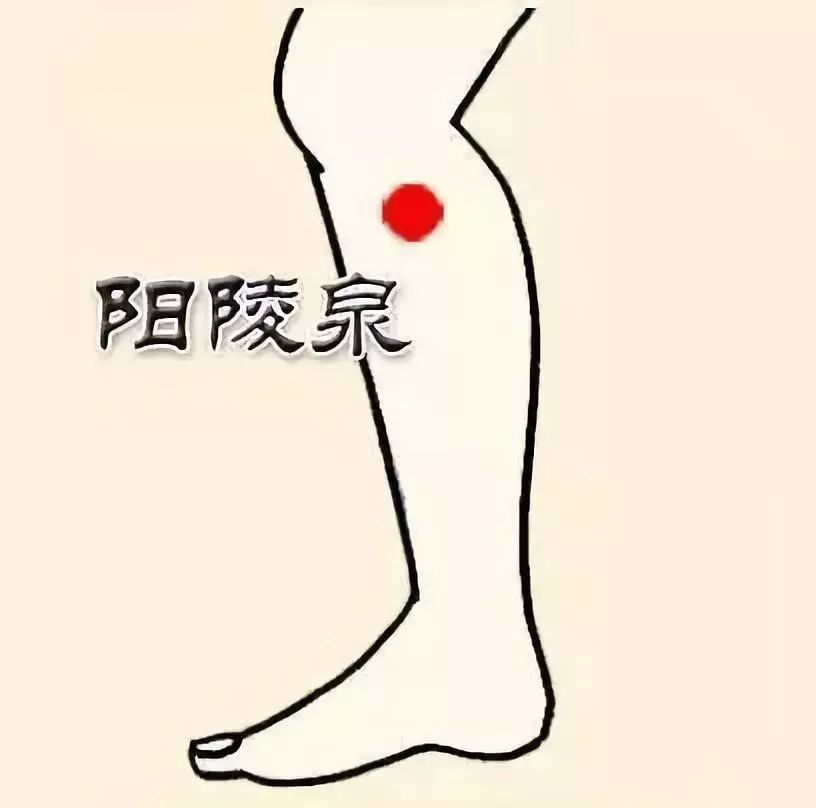
7. Yang Ling Quan (Gallbladder 34)
Function:
1. Promotes circulation and relieves stiffness;
2. Opens the meridians and benefits the joints;
3. Clears heat and benefits the gallbladder.
Indications:
Diseases of the lower limbs and lower back, such as knee arthritis, ankle arthritis, sciatica, peroneal nerve paralysis, vasculitis, rheumatoid arthritis, low back pain, etc. It is also a key point for treating liver and gallbladder diseases, with good effects on hepatitis, cholecystitis, and jaundice. Additionally, it has therapeutic effects on hypertension, epilepsy, enuresis, and athlete’s foot.
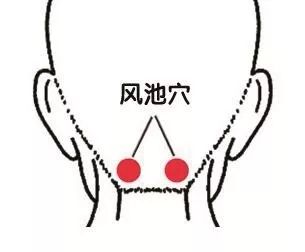
8. Feng Chi (Gallbladder 20)
Function:
1. Clears the heart and brightens the eyes;
2. Clears heat and disperses wind;
3. Opens the orifices and promotes circulation.
Indications:
Cerebral thrombosis, concussion, meningitis, forgetfulness, epilepsy, mental illness, migraine, insomnia, dizziness, hyperthyroidism, stiff neck, glaucoma, night blindness, optic neuritis, retinitis, rhinitis, pharyngitis, hypertension, tinnitus, malaria, deafness, etc.
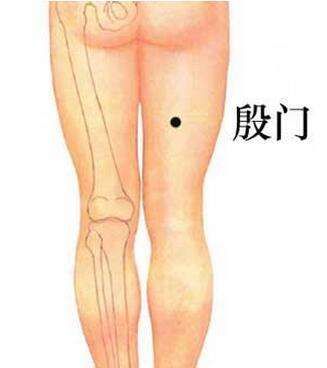
9. Yin Men (Kidney 10)
Function:
1. Promotes circulation and relieves stiffness;
2. Opens the meridians.
Indications:
Low back pain, sciatica, herniated disc, lower limb muscular rheumatism, paralysis.

10. Ming Men (Kidney 4)
Function:
1. Nourishes the kidneys and regulates menstruation;
2. Regulates the intestines and prevents prolapse.
Indications:
Nighttime emissions, impotence, menstrual irregularities, dysmenorrhea, enuresis, low back pain, headaches, tinnitus, hemorrhoids, constipation.
Disclaimer: Some articles on this site are reprints, and the copyright belongs to the original authors; reprinting is for the purpose of information dissemination and sharing. If there are errors in source attribution or infringement of your legal rights, please contact the author with proof of ownership, and we will promptly correct or delete it. Thank you.Note: The above content is for reference only and may not be suitable for all populations. It is recommended to adjust under the guidance of a physician.

